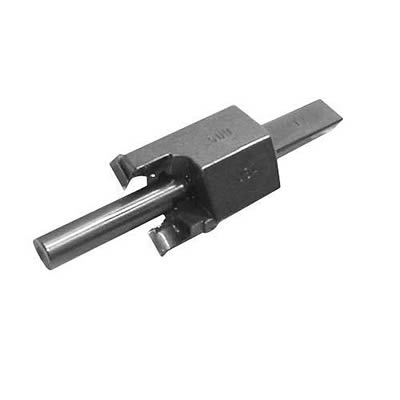Thanks for reminding me to post an update.So i did a lot of looking arround on the web, and came accoss several other forum discussions regarding me exact same problem: Smoke in the following cases, 1) at idle 2) when i pull away from a prolonged stop at a light 3) blip the throttel when at idle. I do not get smoke while cruising or under hard acceleration. The other weird thing is that i get a puf of smoke at start up ( seals), then nothing for five minutes or so. Once the car is close to op temp, then it starts to smoke from the exhaust...suggesting, oil in the exhaust starting to burn off. The two most commong problems (on the internet) appear to be valve seals, and/or intake manifold to head mating.
So, here is what happened since my origional post:
I drove the car down to bloomington gold on friday, probably 50 miles round trip. After the car cooled down, i noticed i burned approx 1/2 quart of oil. So i toped the oil off.
I drove the car down to bloomington gold on saturday, and after the car cooled down, burned another half quart. Smoked like crazy, was very embarrasing at the stop lights. People covering there mouths and noses.Saturday night i toped the oil off again, and after reading the other forums, decided to tighten up the intake as a test. Gave most of the bolts a good tug.
I drove the car down to bloomington gold on sunday, not as embarrasing, but still pretty bad. Checked the oil that night, and noticed that it was only about a 1/4 down. Hmmmmmm
So, i decided to redo my intake. When i loosened up the bolts, i noticed the intake slowly pop up at the ends and some coolant started to leak up. This time i decided to not use the rubber seals on the front and back of the intake. I took the intake off, removed the rubber seals, then checked the side gaskets. They did not appear to be conpressed at the bottom, and the appeared to be oil in the intake runners and on the gasket.
Before i started reassembly, i put enerything back on, except for the front and back gasket, and torqued everything down. I checked to see that there was an end gap at the front and back, there was, then i took it all apart and verified that the side gaskets compressed. They did. Needless to say everthing pointed to this being the culprit.
So this time i slopped on the hight-tack, on both sides of the new intake side gaskets, then i used ultra black on the front and back locations. I torqued everything down to 30 ft/lbs and let it sit for 24 hours to make sure the ultra black had time to cure.When i started the car for the first time, after warm up, smoked worse than ever. Damn it!!!!
Drove arrond about 20 miles, horrible smoking. Since then i have put about 70 miles on the car and it no longer smokes out of the driver side exhaust. Sill smokes out of the passenger exharust, but no longer embarrasing. Was hopping that this is gust the extra high tack burring off in the exhaust heat riser crossover. Dip stick does not appear to have much oil loss over those 70 miles. Note, i changed the plugs befor driving this 70 miles, and just checked them today. All plugs but 1 (cylinder 1), are absolutle perfect! 1 is horribly oil fouled!
I,ve done a compression test, amd all cylinders are between 210 and 215 psi. So i can't imagine that it is rings. So, spark plug 1 ( front driver side) is badly oil fauled, all rest are perfect...so what i cannot explain is, why all the smoking is comming from the passenger side!!!!!! Is would seem that it should be comming from driver side, bacause of spark plug one. Only thing i can think of is if the exhaust is being sucked up and ove the heat riser to the passenger side.
Note, i do not have a heat riser valve in the passenger pipes. So, at the least, i have a bad seal on number 1 intake. Can't think of any thing else. Note this car never burned oil prior to the head work, and the car had many miles of hard good drivibg on it before the exhaust valves went south.Anyone got ideas or explanations?





